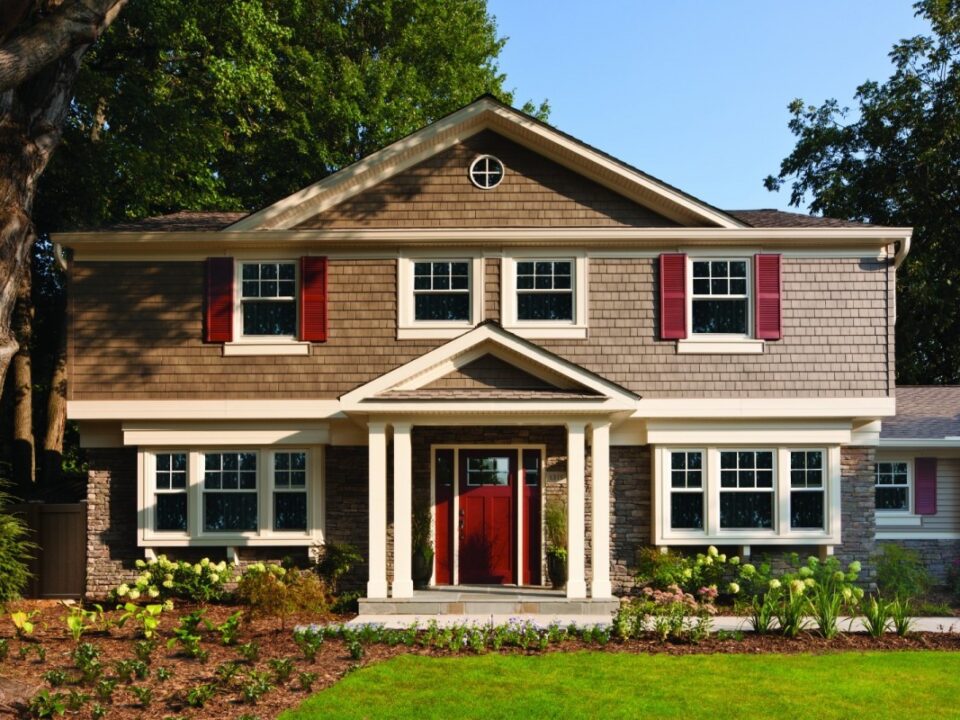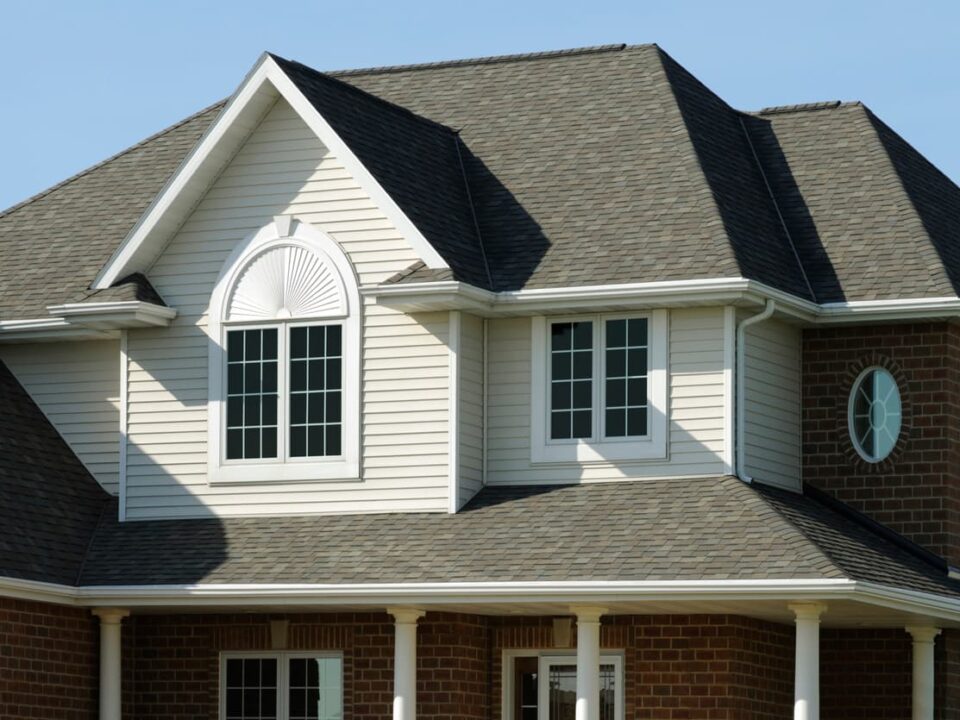
Protect Your Entry Door with a New Storm Door
June 7, 2021
How to Ensure the Full Efficiency of Your Windows
June 10, 2021While roof underlayment isn’t usually the topic of most conversations, it definitely helps to have a basic understanding of what it is and why it’s important for when it comes time to purchase a new roof.

What is Roof Underlayment?
Roofing underlayment is a waterproof or water-resistant barrier that is installed directly on your roof deck prior to laying the new shingles. Roof underlayment provides an extra layer of protection to your roof against severe weather, such as rain, wind, and snow. It also does the majority of the work in ensuring that your roof remains leak free. At minimum, a quality underlayment should be used for the eaves and valleys, around chimneys and skylights and on low slope areas. Roofing underlayment should be used on the entire roof in areas where winter weather leaves roofs vulnerable to ice damming. When it comes to roof underlayment, there are several different options to choose from for your new roof.
Types of Roofing Underlayment
When it comes to roof underlayment, there are three main types used under roofing materials:
- Asphalt-saturated felt
- Non-bitumen synthetic underlayment aka synthetic underlayment
- Rubberized asphalt underlayment
Some materials are waterproof, while others are water-resistant. For example, asphalt-saturated felt and synthetic underlayment are water-resistant while rubberized asphalt underlayment is waterproof.
Asphalt-Saturated Felt
Asphalt-saturated felt was the go-to roofing underlayment in the early 2000’s when synthetic products gained popularity. This type of underlayment is usually referred to as tar paper or felt paper and is made from varying blends of cellulose or natural plant fibers, polyester, bitumen, or asphalt.
Typically, this type of underlayment is applied across the entire roof deck, and depending on the local weather, a water-proof underlayment might also be recommended by your local roofing contractor.
Synthetic Underlayment
Synthetic underlayment is also saturated in asphalt and is the preferred underlayment of the majority of roofing professionals today. Synthetic underlayment is designed for application across the entire roof deck and is sometimes used with waterproof products.
Rubberized Asphalt Underlayment
Rubberized asphalt underlayment isn’t just water-resistant, but rather waterproof. It’s the more expensive option due to the higher percentage of asphalt and rubber polymers. It contains a special backing that creates a waterproof seal between the underlayment and roof deck.
In areas with severe weather conditions, this underlayment option can protect the more susceptible parts of the roof deck from water damage.
Why Does Roof Underlayment Matter?
Roofing underlayment is an important component to your new roof because shingles alone can’t offer the same level of protection that roofing underlayment provides. While shingles reflect the sun and block precipitation, shingles overlap and aren’t sealed at the corners, so they can be lifted or damaged by inclement weather and aging.
A water-resistant underlayment provides the much needed moisture barrier and protection your new roof needs during and after installation. A roof underlayment can stand up to extreme weather even without shingles.
A new roof is a significant investment, so it’s important to select quality products to protect your investment. Another thing to consider is roofing underlayment is an important part of your warranty. Many warranties are contingent upon using a quality roof underlayment. Your local roofing professional should make sure that you have a full understanding of your warranty details, including the role of the roofing underlayment.
Quality Matters
Choosing high quality materials along with the right roofing professionals is critical in ensuring your new roof performs as it should. Contact Armorvue Home Exteriors for a virtual appointment to talk about a new roof installation for your home today!
Subscribe to ARMORVUE Home Exteriors’s Blog
Get ARMORVUE Window & Door’s latest articles straight to your inbox. Enter your name and email address below.




